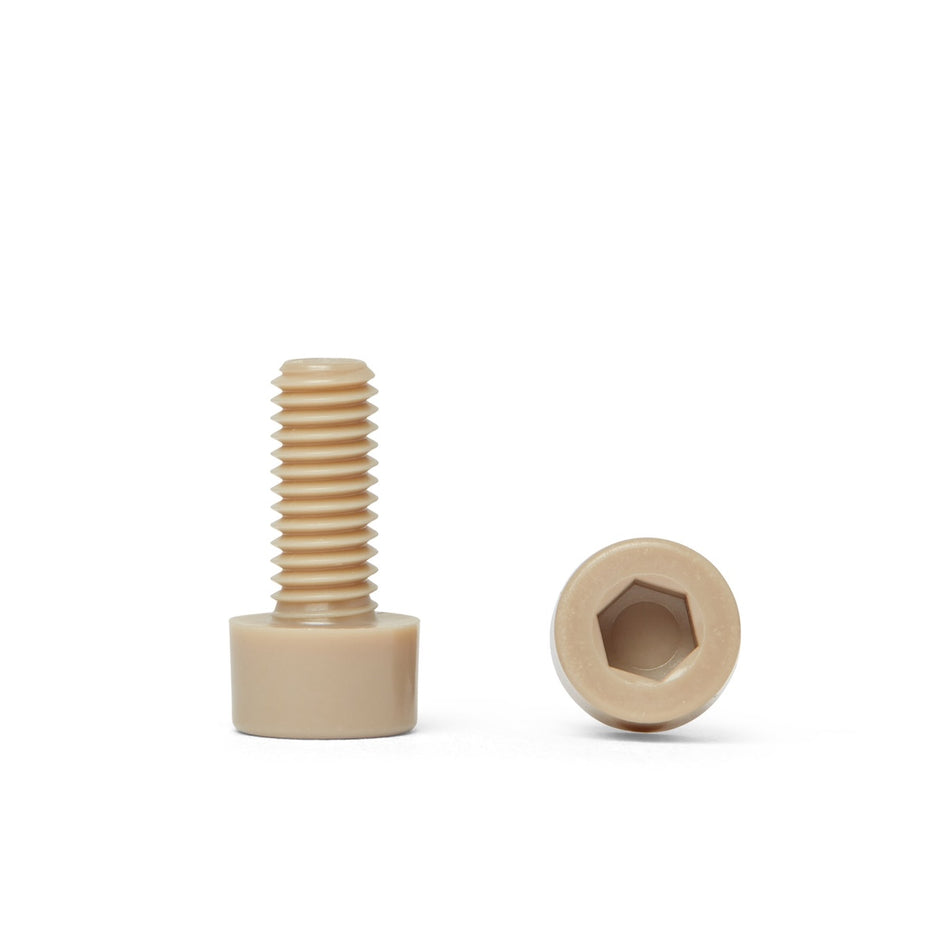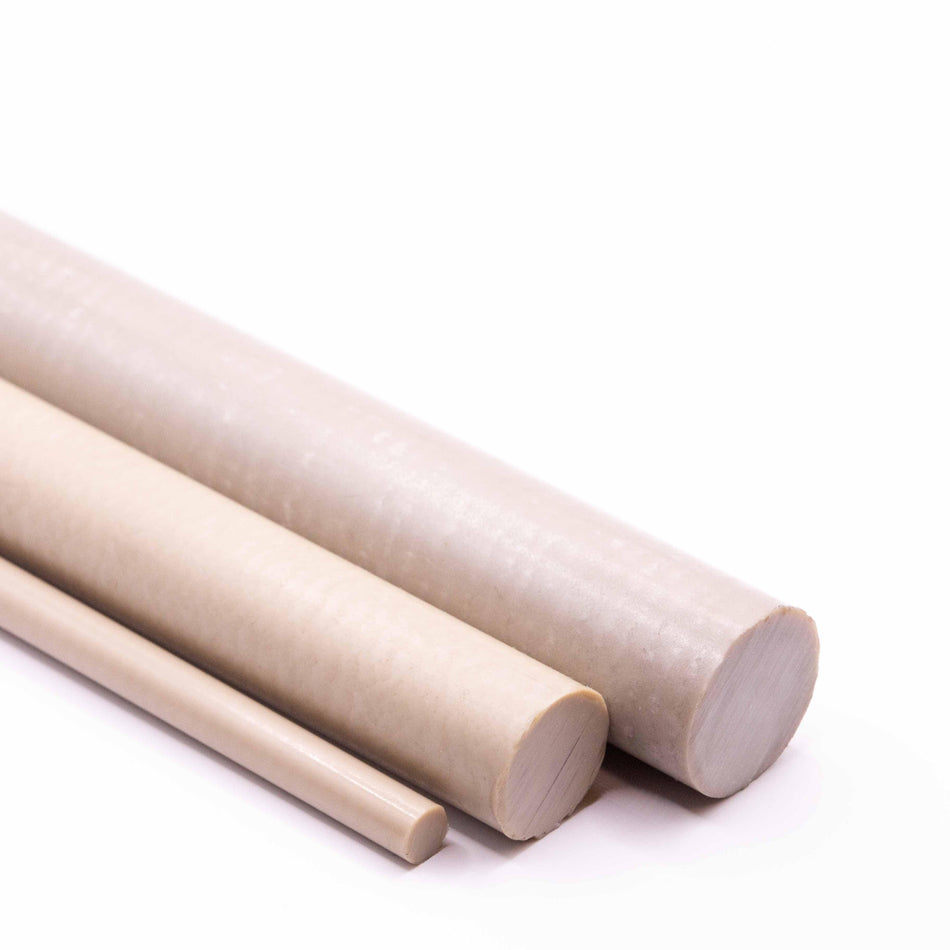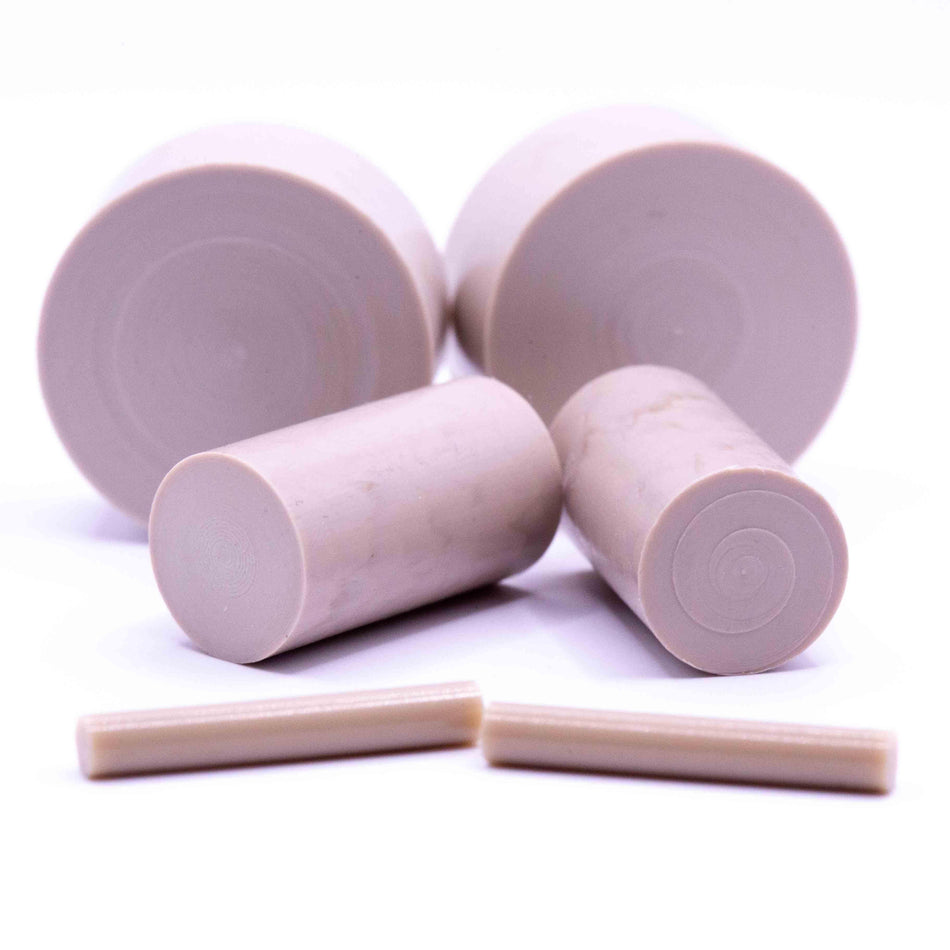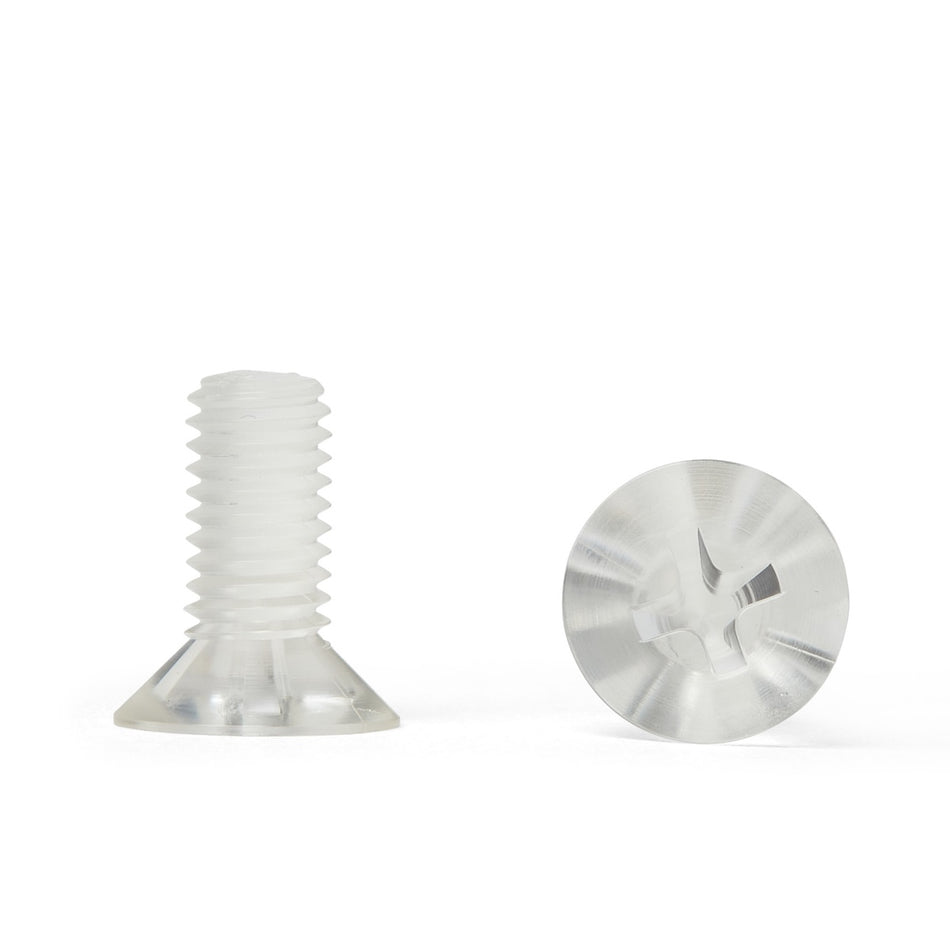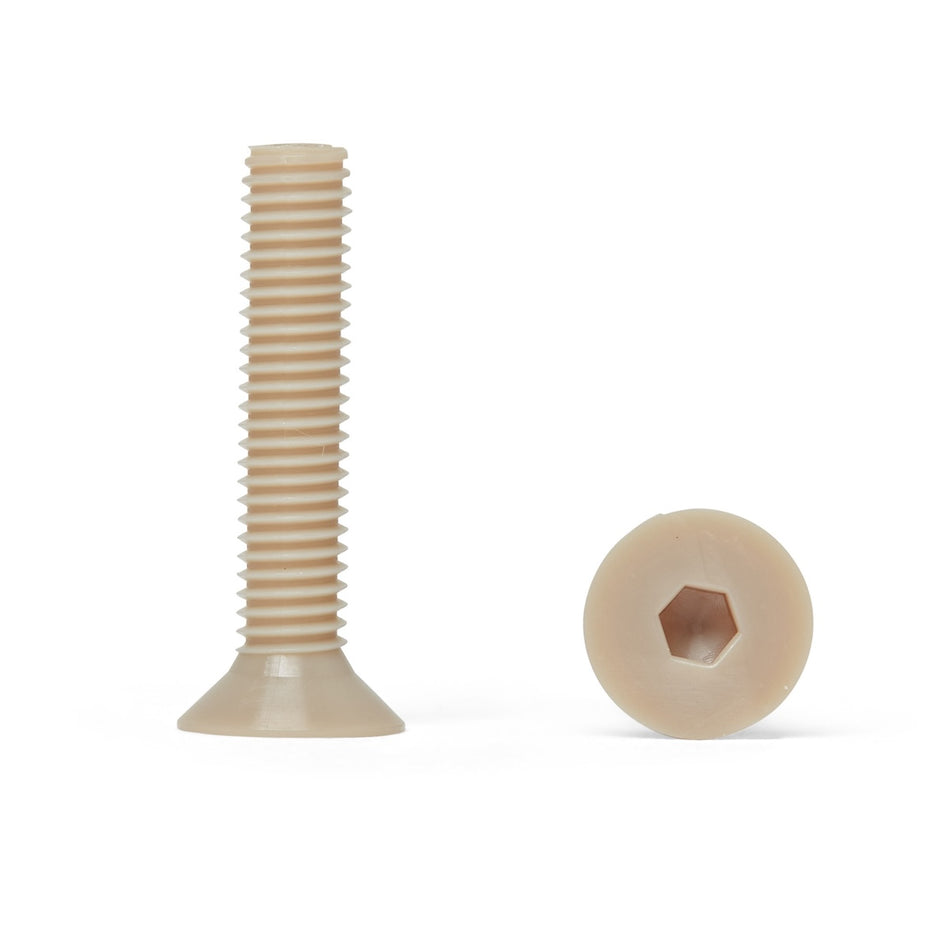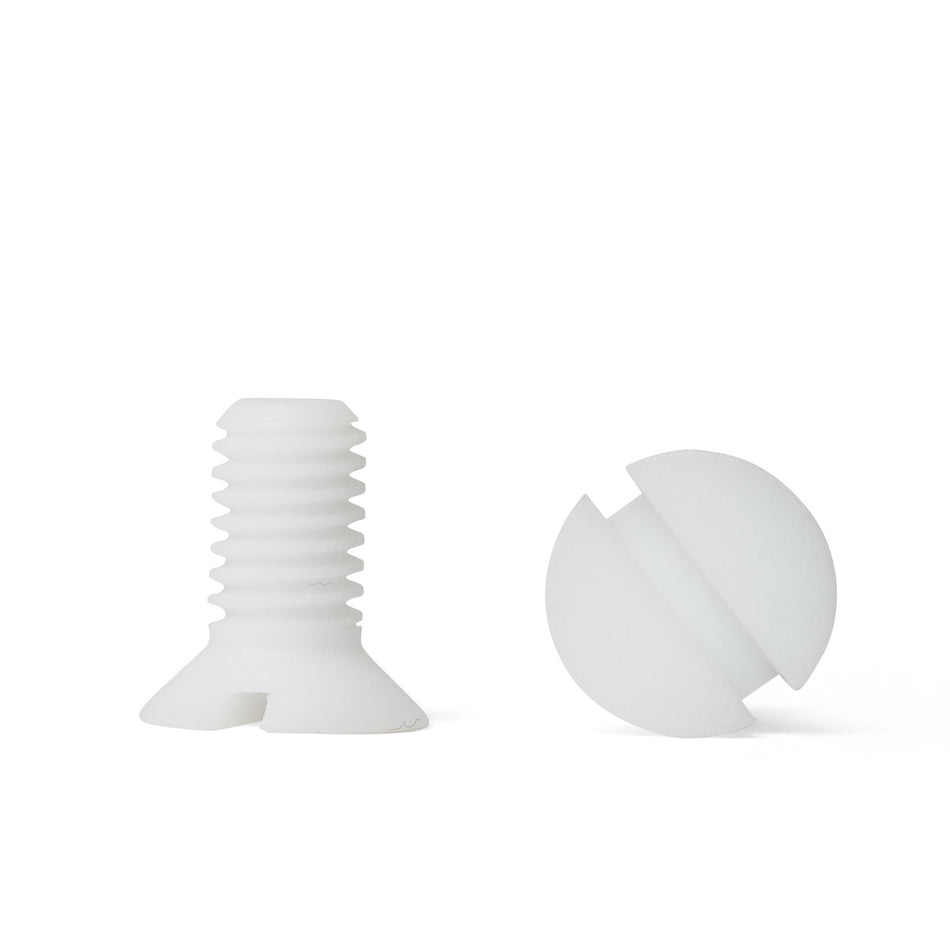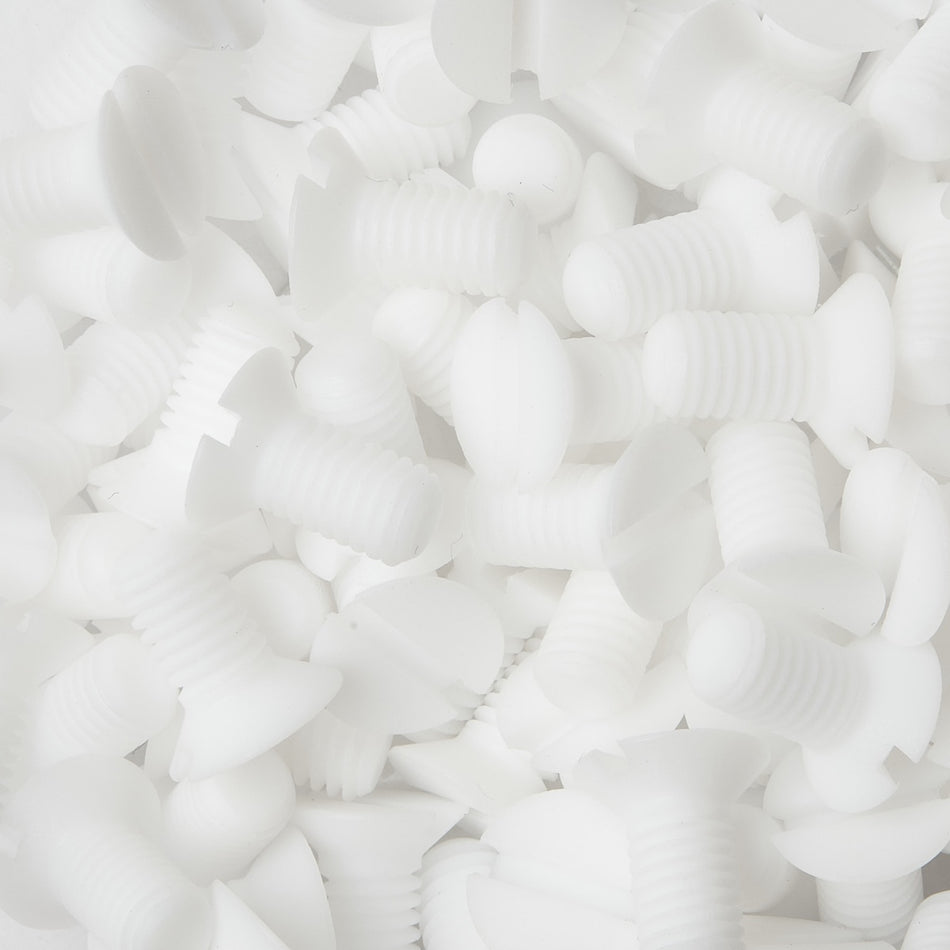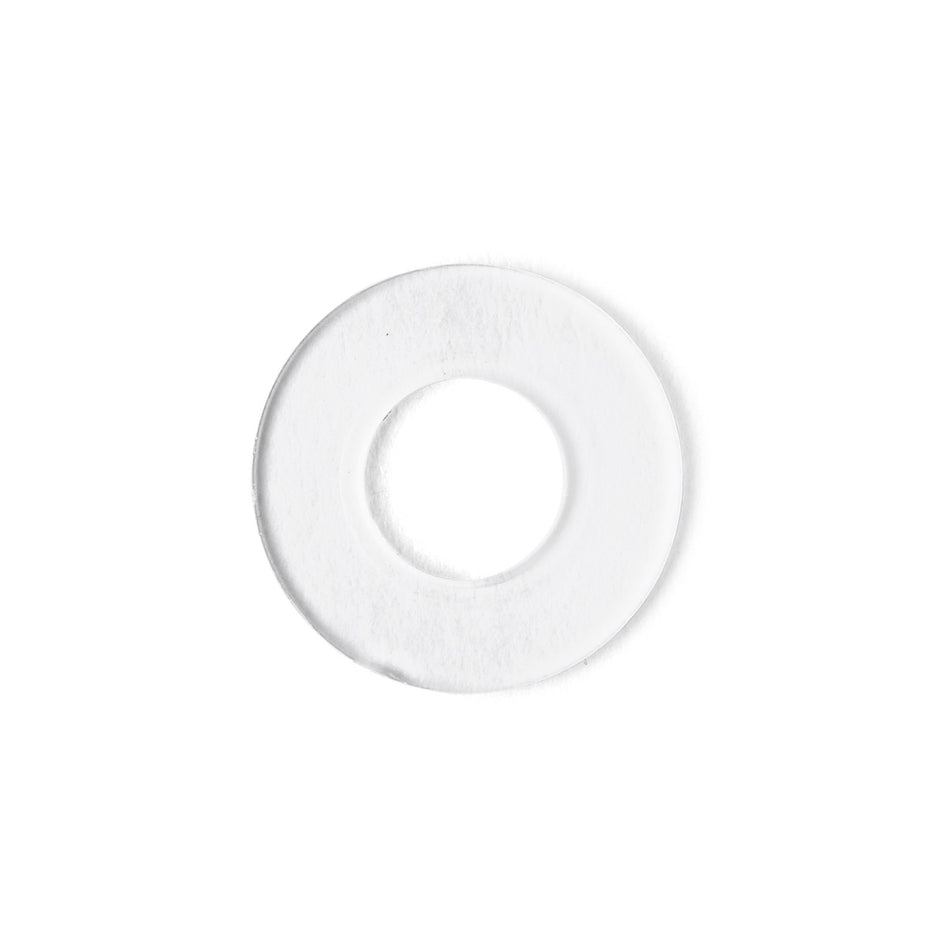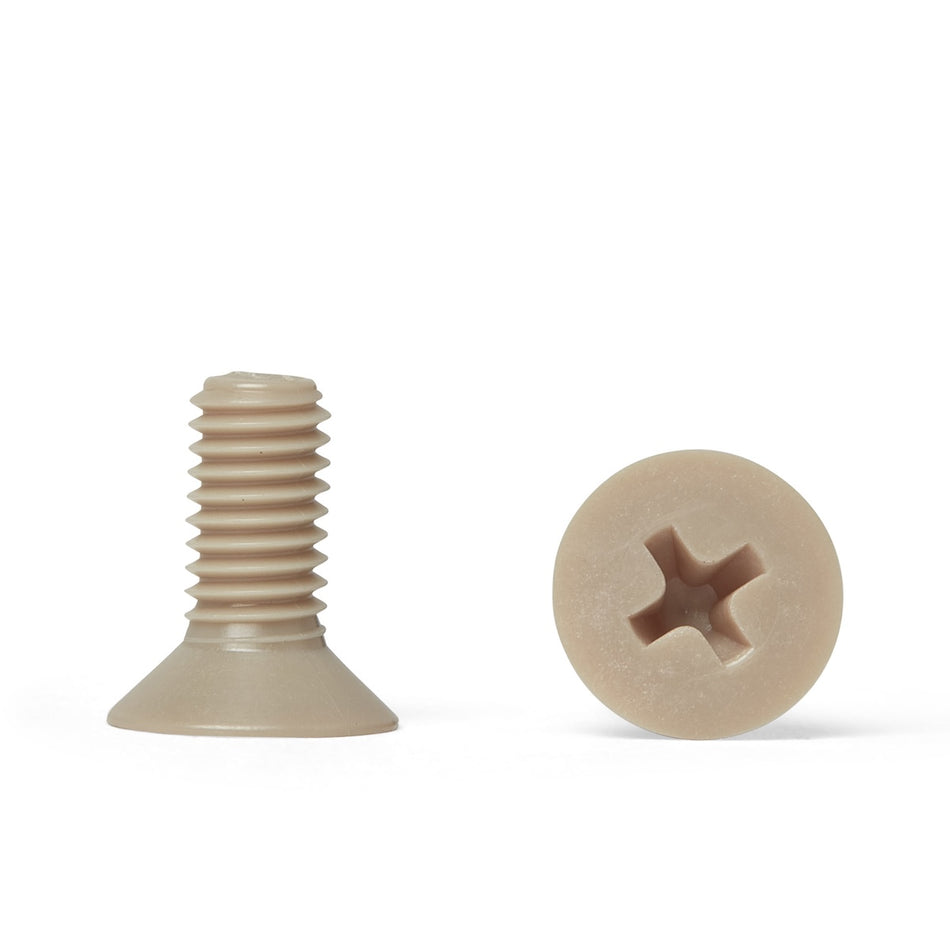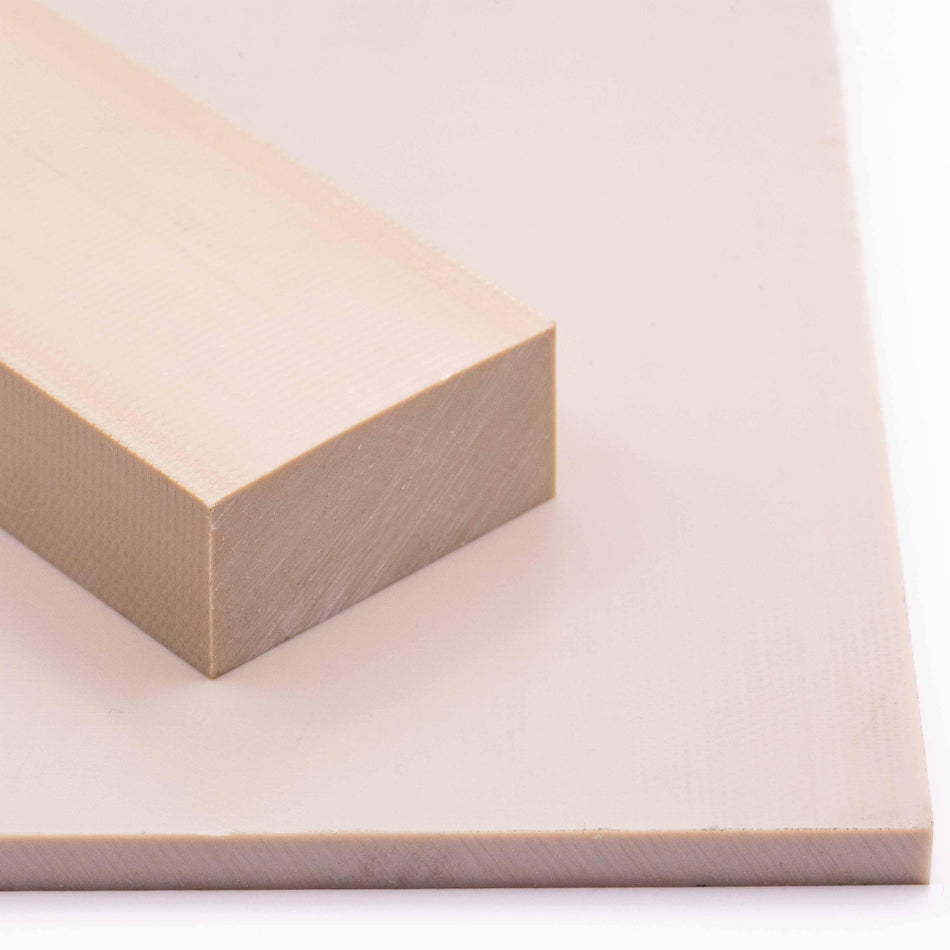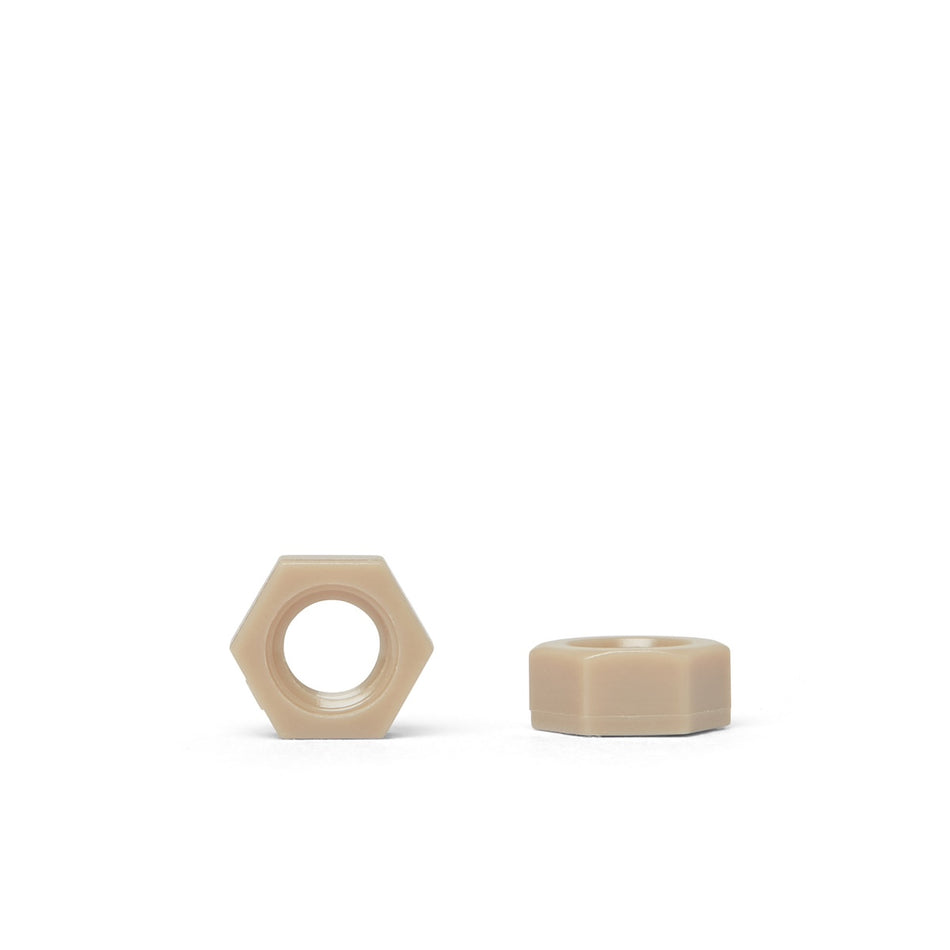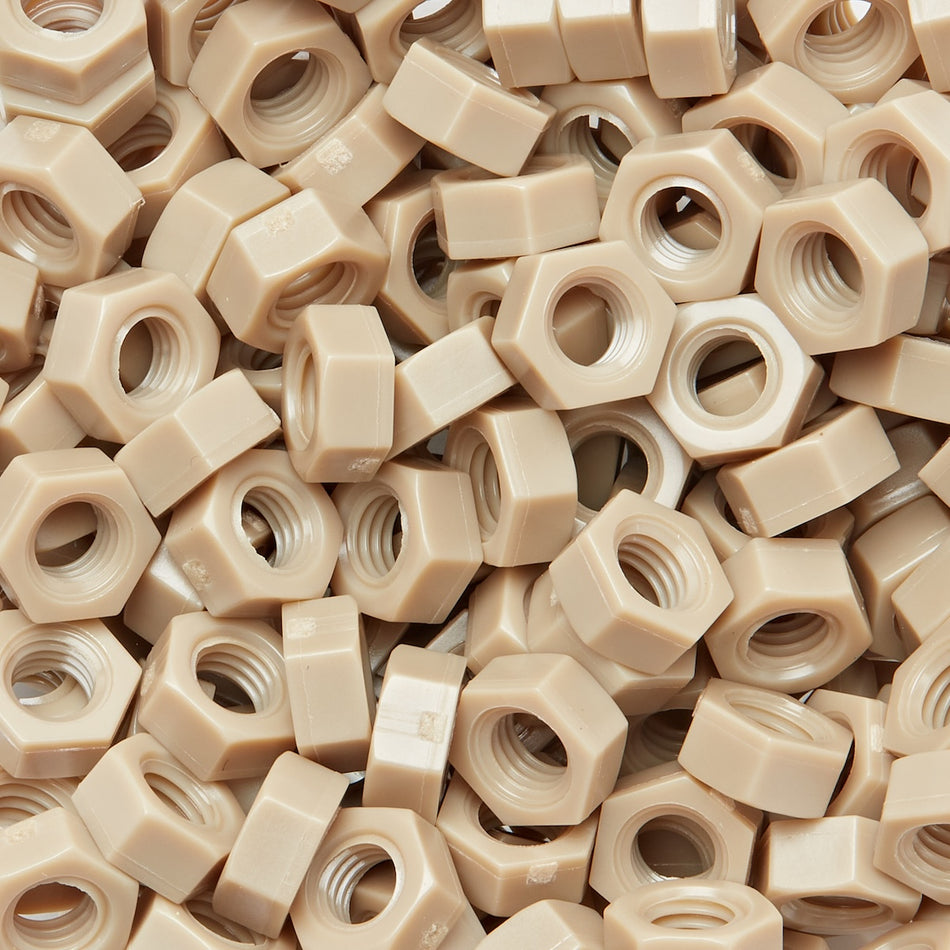142 Products

Photo-imaging industry uses of Polymer Screws, Nuts, Bolts, Washers, and Fasteners
Polymer screws, nuts, bolts, and washers are commonly used in the photo-imaging industry for a variety of applications. Polymer materials, such as polycarbonate and PEEK, are often used in the photo-imaging industry because they are lightweight, strong, and resistant to heat and chemicals.
One of the primary uses of polymer screws, nuts, bolts, and washers in the photo-imaging industry is in the manufacture of cameras and other photo-imaging equipment. These components are used to fasten and secure various parts of the camera or other equipment, such as the lens, the body, and the internal components. Polymer screws, nuts, bolts, and washers are often used in cameras and other photo-imaging equipment because they are strong and lightweight, which is important in these types of applications.
Another use of polymer screws, nuts, bolts, and washers in the photo-imaging industry is in the production of film and other media. Polymer screws, nuts, bolts, and washers are often used to secure the various parts of film processing and printing equipment, such as the rollers, the drums, and the sensors. Polymer screws, nuts, bolts, and washers are well-suited for this type of application because they are resistant to heat and chemicals, which are common in the film processing and printing industry.
In addition to their use in the manufacture of cameras and other photo-imaging equipment, and in the production of film and other media, polymer screws, nuts, bolts, and washers are also used in the photo-imaging industry for a variety of other applications. For example, they are often used in the construction of studio lighting equipment, in the production of printing presses, and in the manufacture of other photo-imaging products.
Overall, polymer screws, nuts, bolts, and washers are an important and widely-used type of fastener in the photo-imaging industry. They are known for their strength, lightweight, and resistance to heat and chemicals, and they offer a number of benefits over other types of fasteners. Whether used in the manufacture of cameras and other photo-imaging equipment, in the production of film and other media, or in other applications, polymer screws, nuts, bolts, and washers are a reliable and effective solution for many fastening needs in the photo-imaging industry.
The photo-imaging industry involves the production and distribution of products and services related to photography and the creation and manipulation of digital images. This can include traditional film-based photography, as well as digital photography and imaging.
In the photo-imaging industry, companies may produce and sell cameras, lenses, film, and other equipment used in photography. They may also offer services such as film processing and printing, digital image editing and manipulation, and photo storage and sharing.
The photo-imaging industry has undergone significant changes in recent years due to the increasing popularity of digital photography. Many traditional film-based products and services have declined in popularity as digital cameras and other digital imaging technologies have become more widespread. However, the industry has also seen the development of new products and services related to digital photography, such as photo editing software and online photo storage and sharing platforms.
Overall, the photo-imaging industry plays a significant role in modern society, providing people with the tools and services they need to capture, preserve, and share their memories and experiences through photography.



